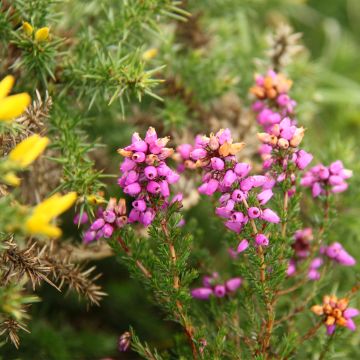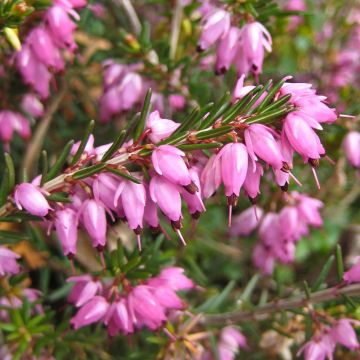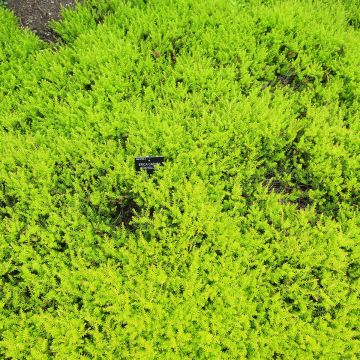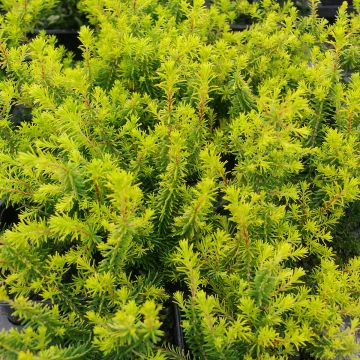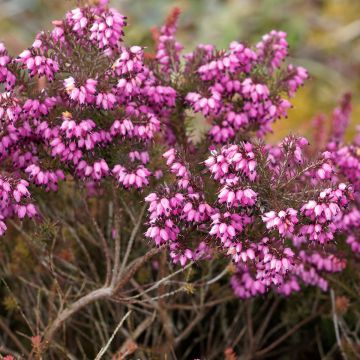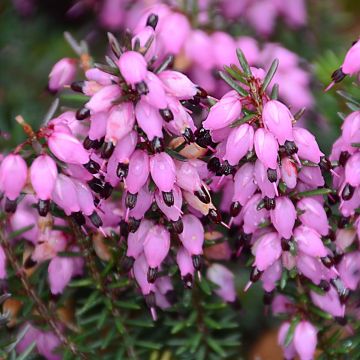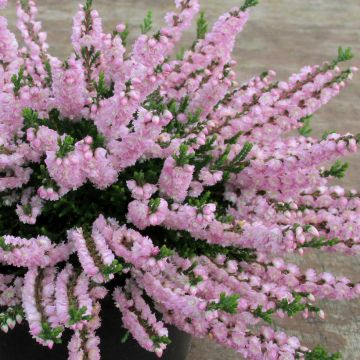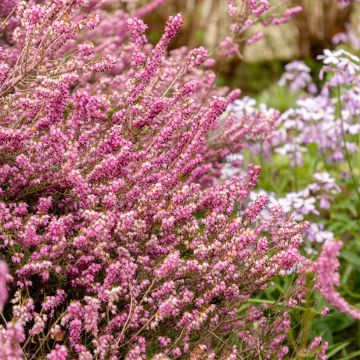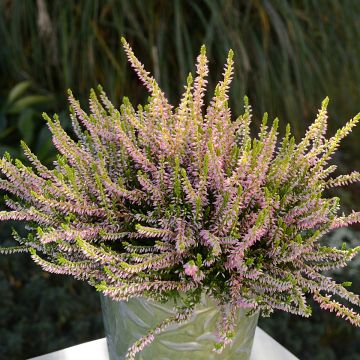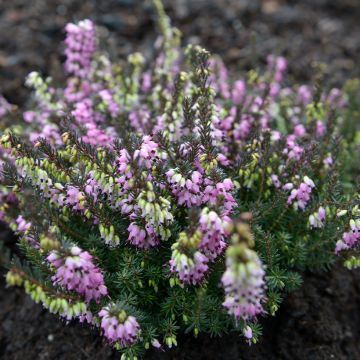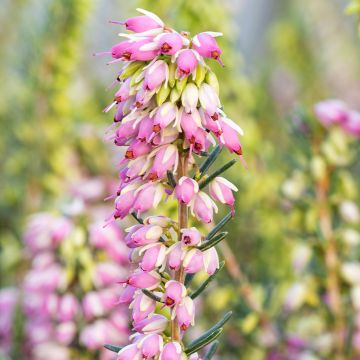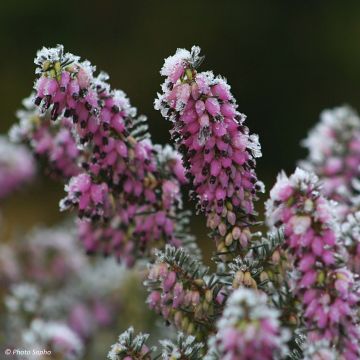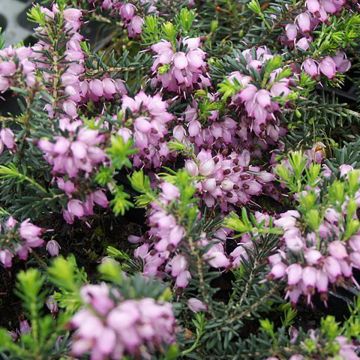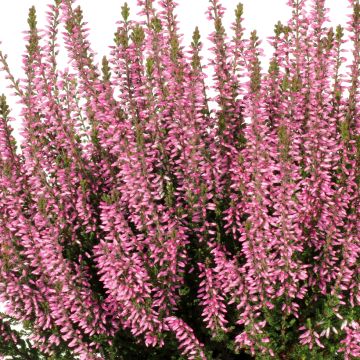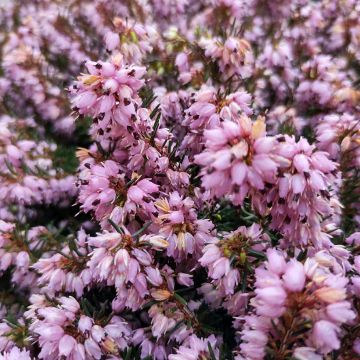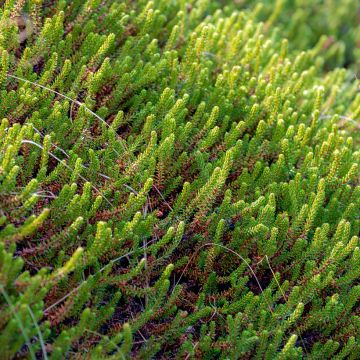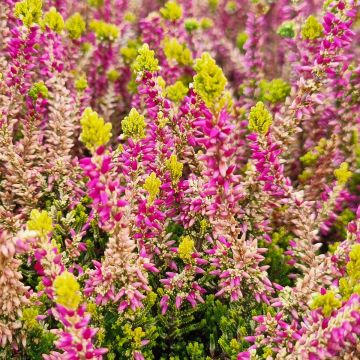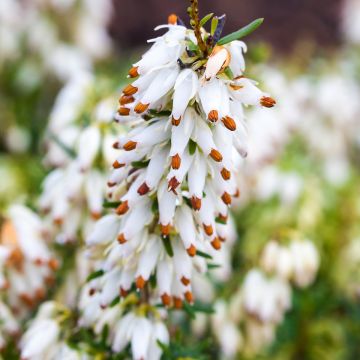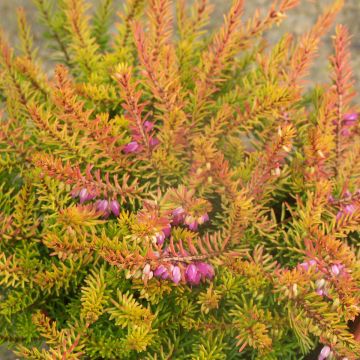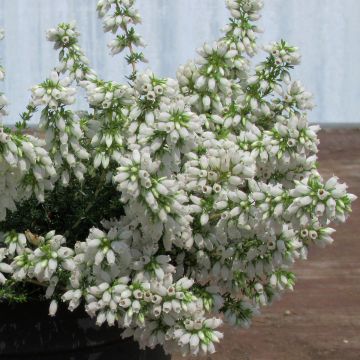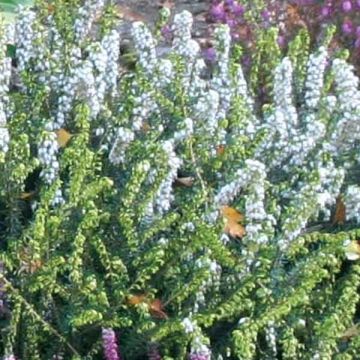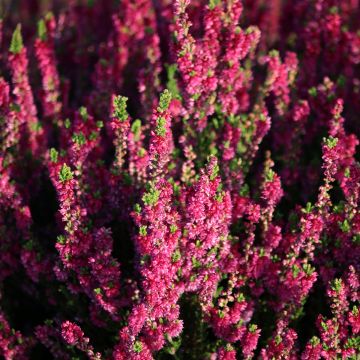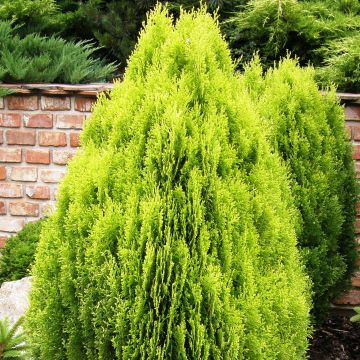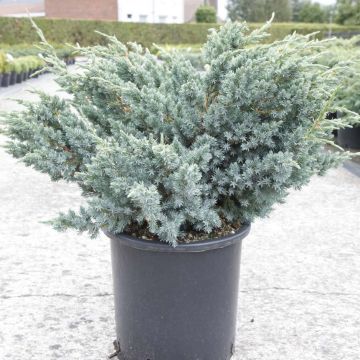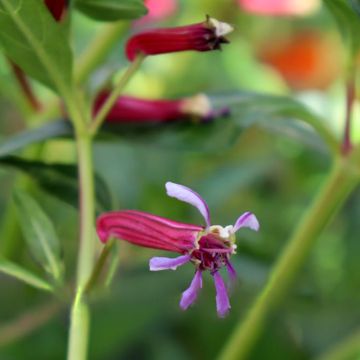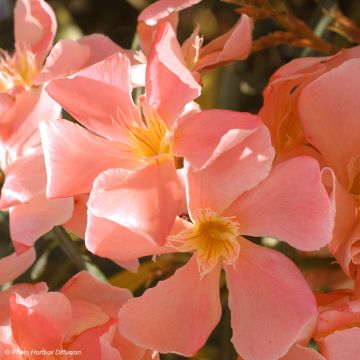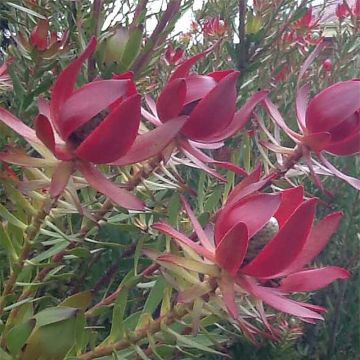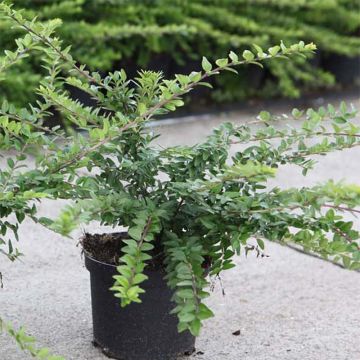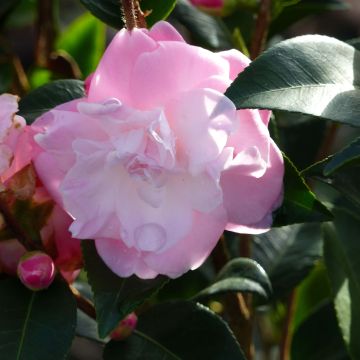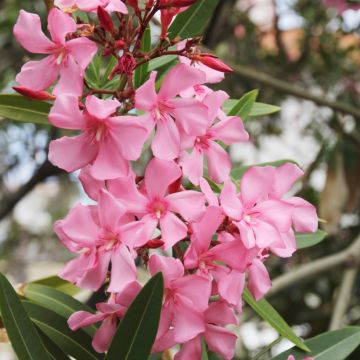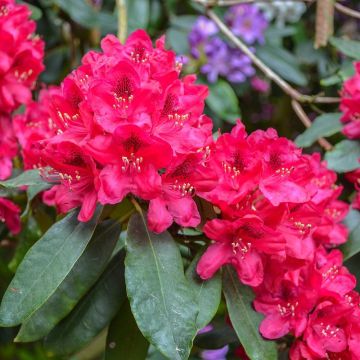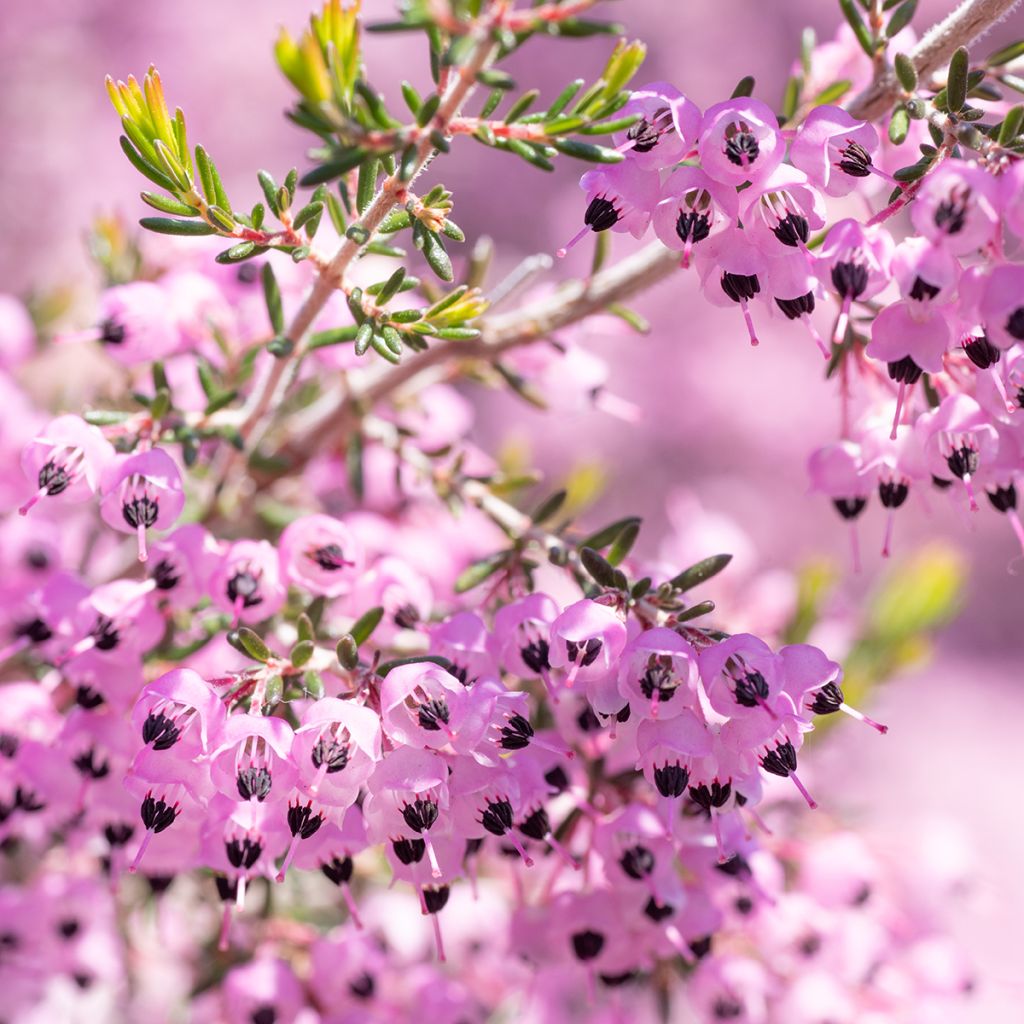

Erica canaliculata - Heath
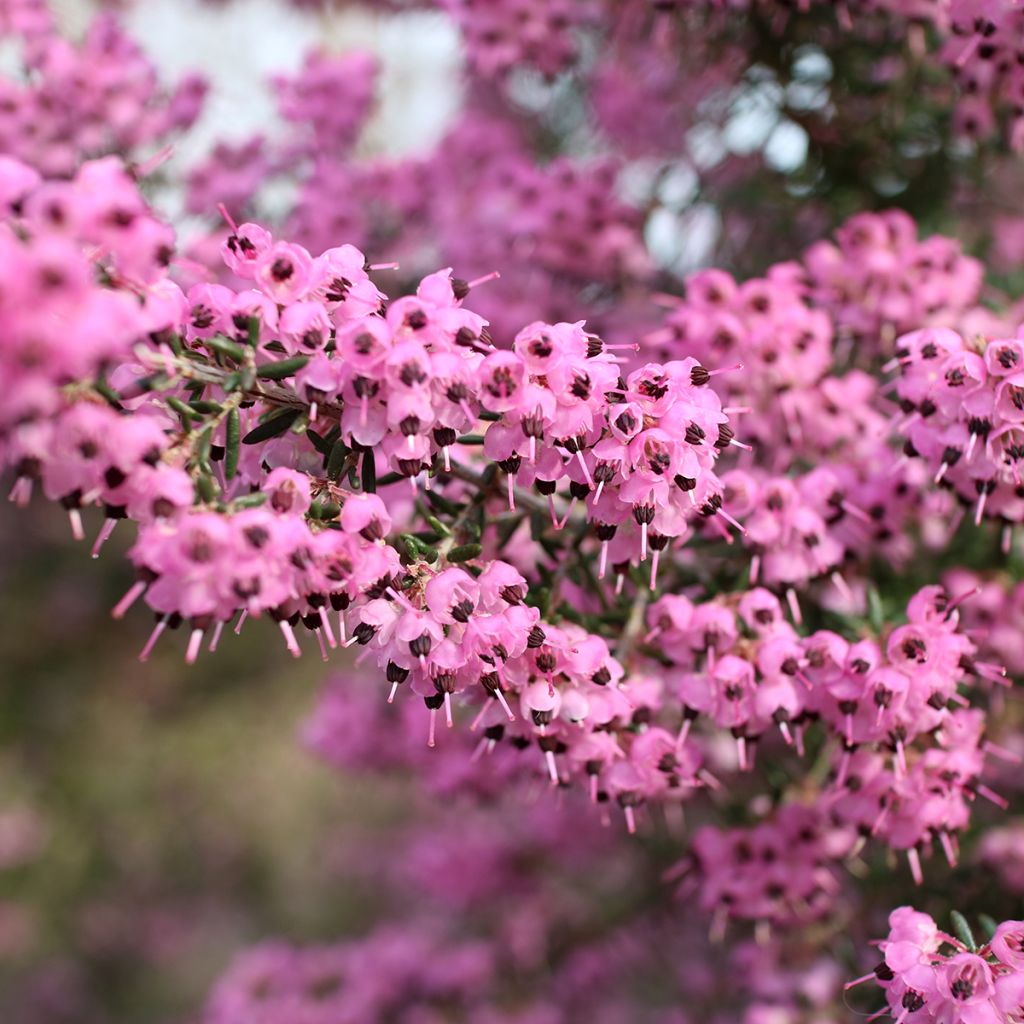

Erica canaliculata - Heath
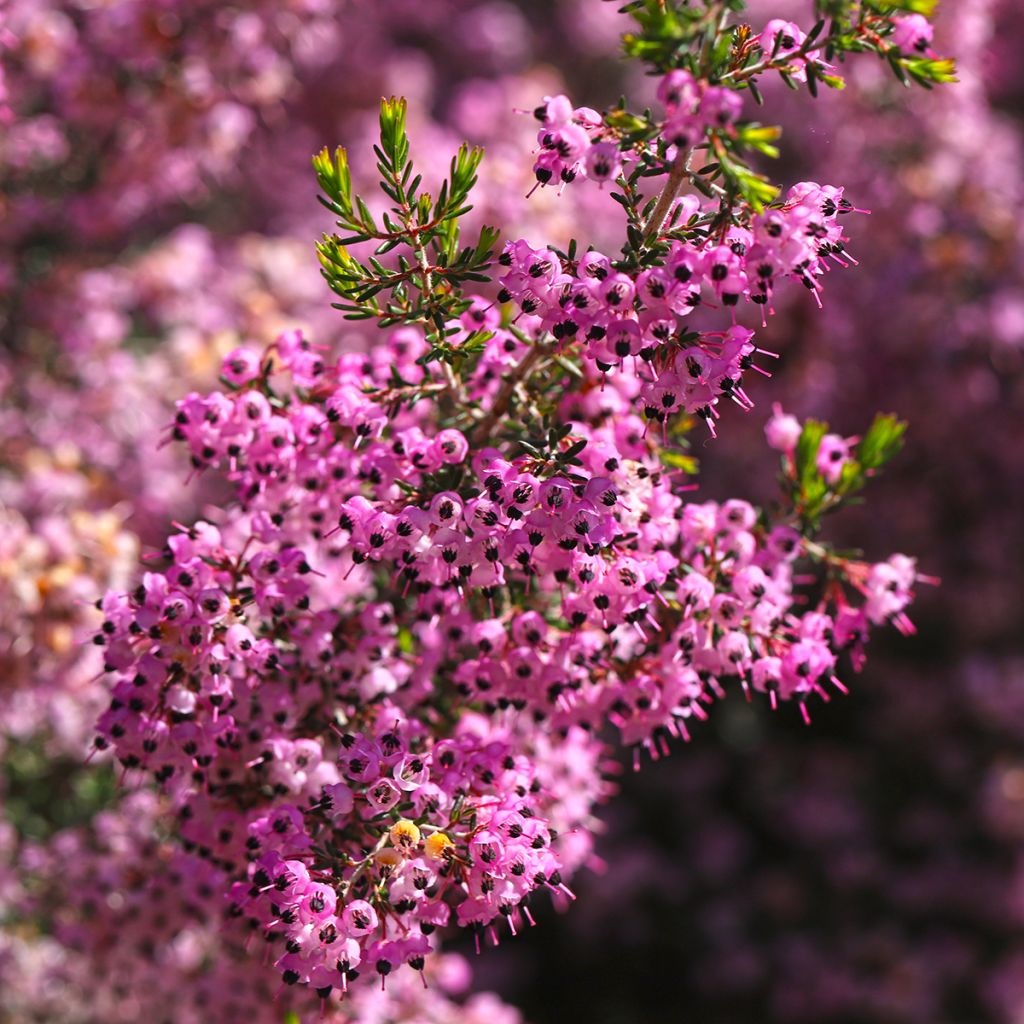

Erica canaliculata - Heath
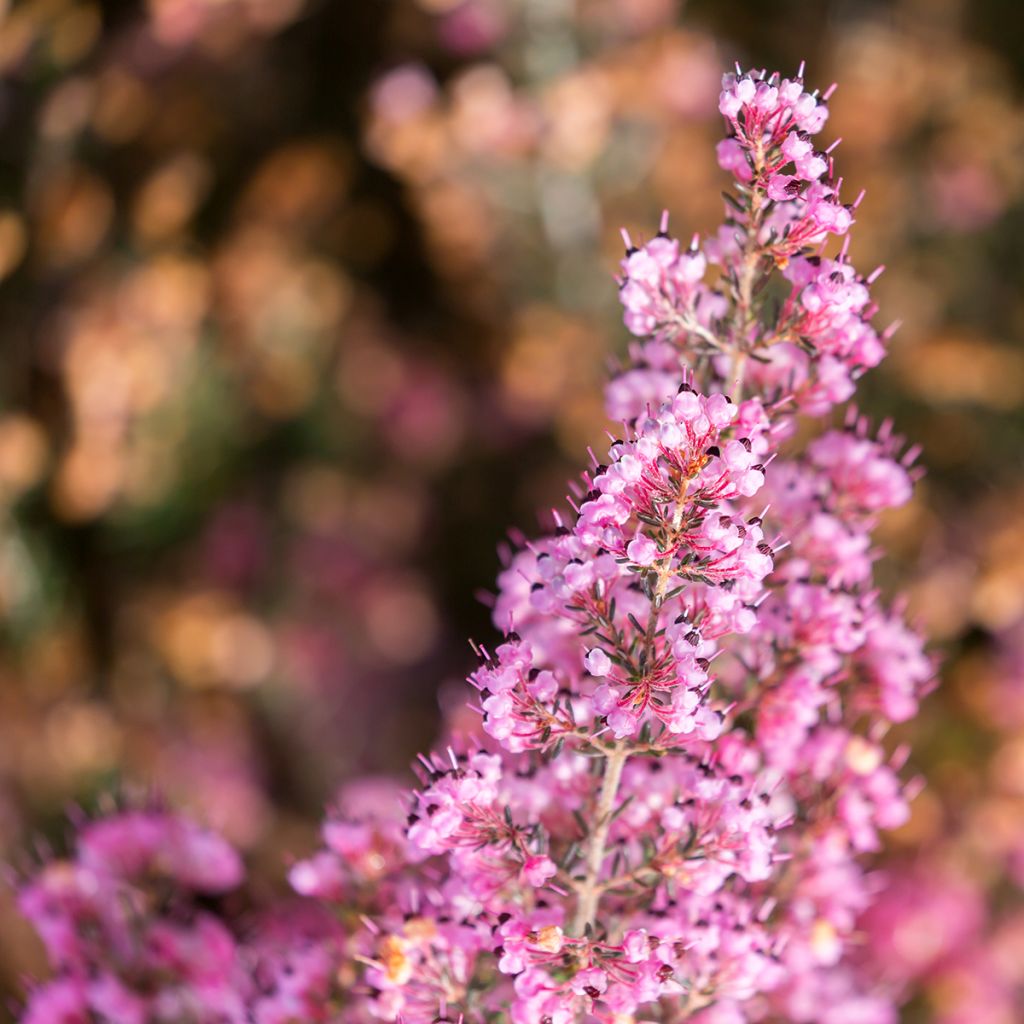

Erica canaliculata - Heath
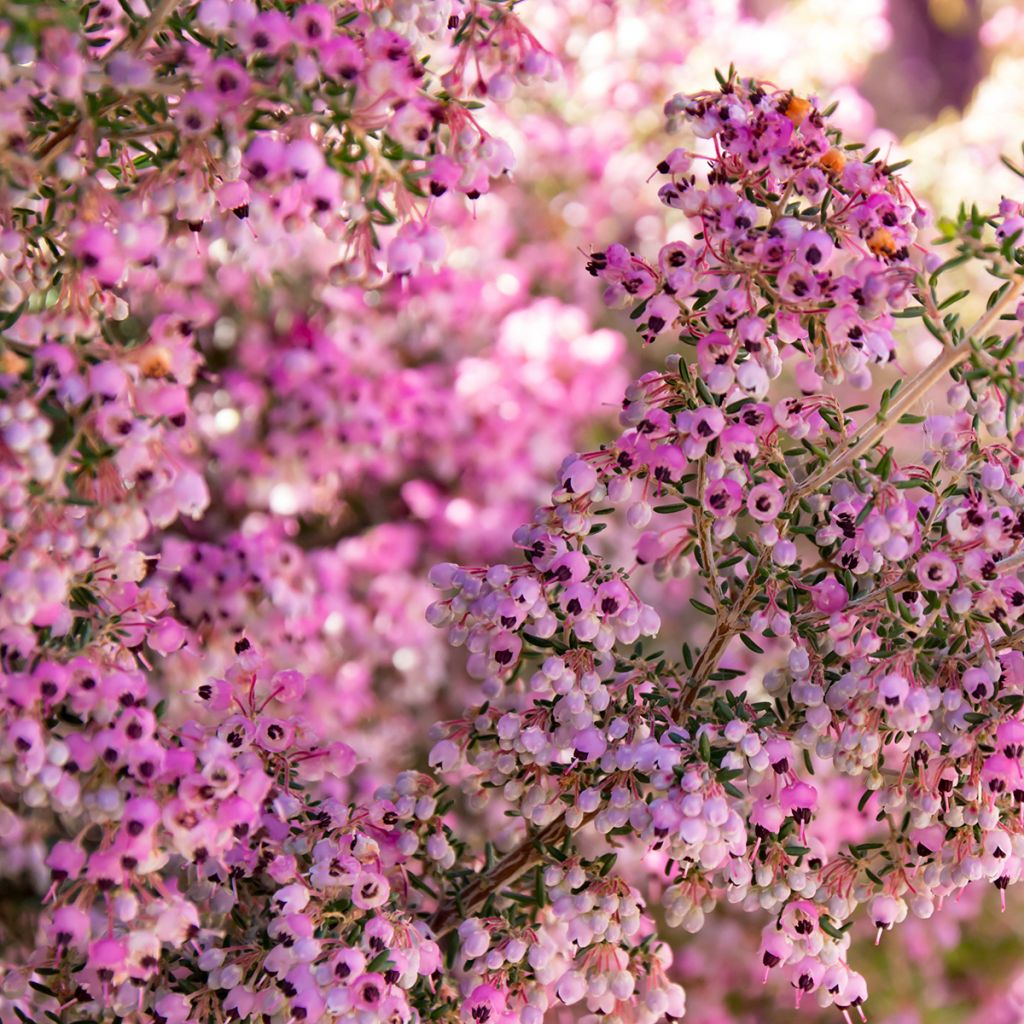

Erica canaliculata - Heath
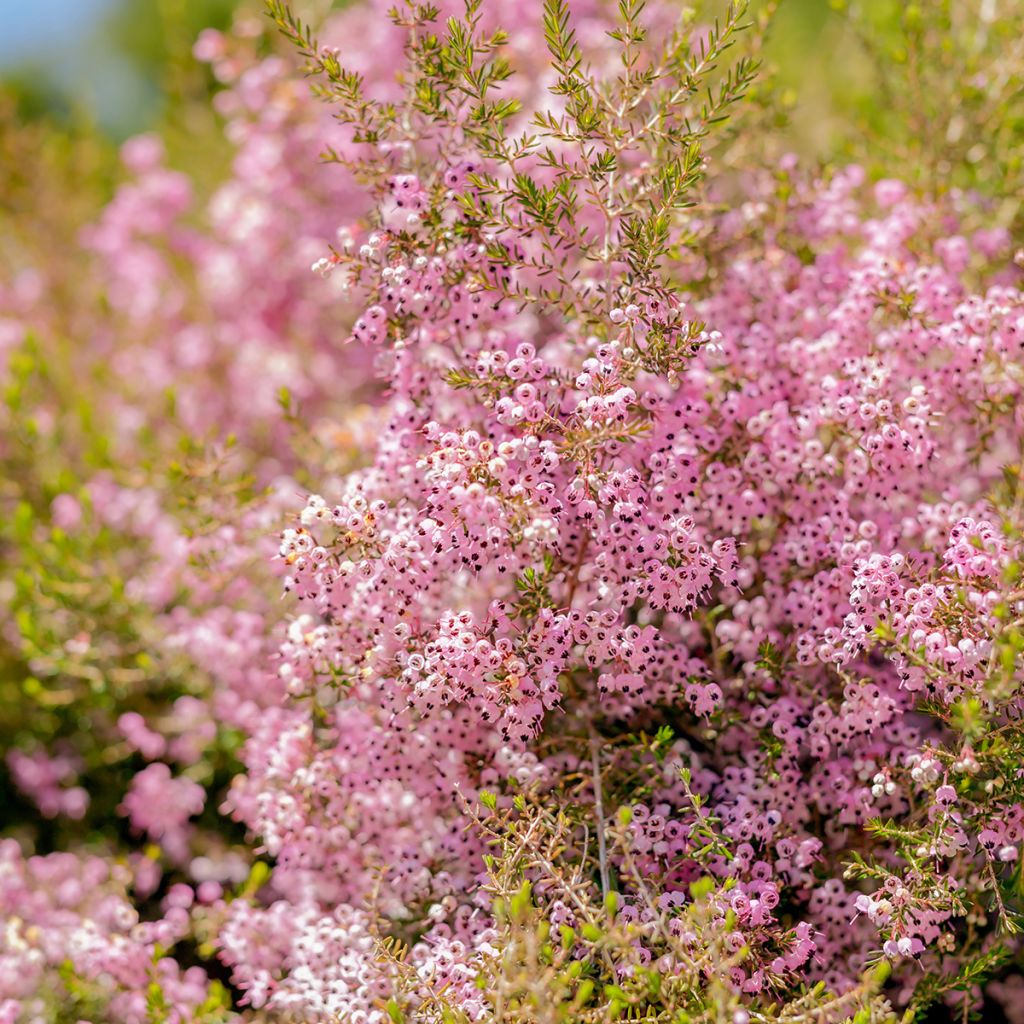

Erica canaliculata - Heath
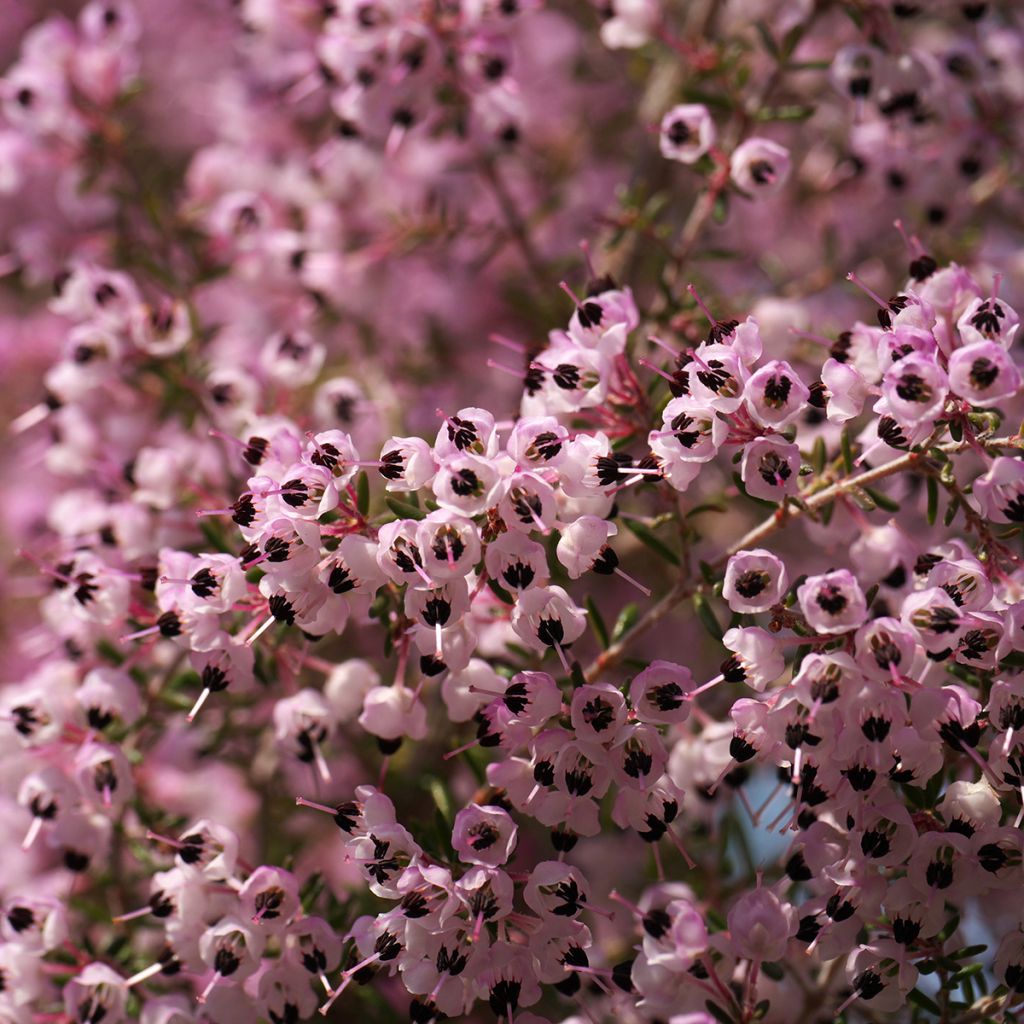

Erica canaliculata - Heath
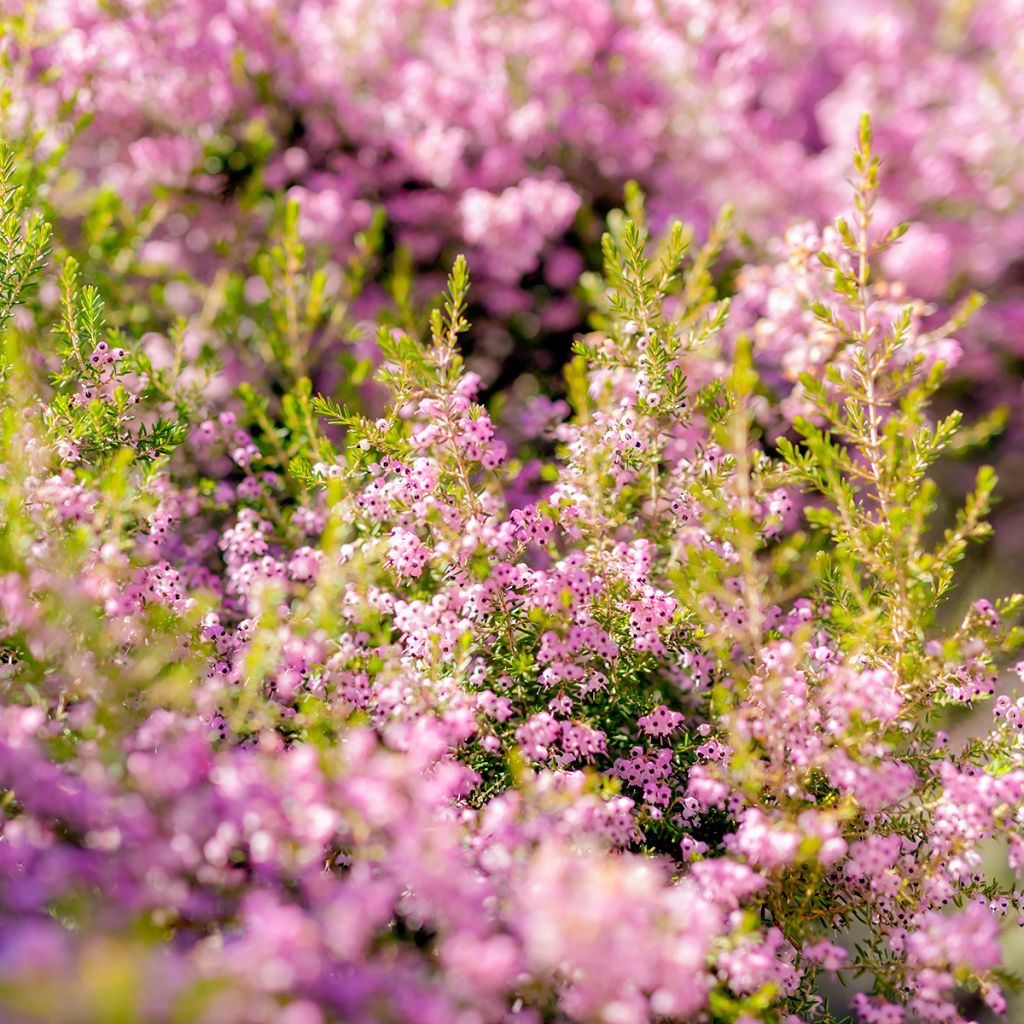

Erica canaliculata - Heath
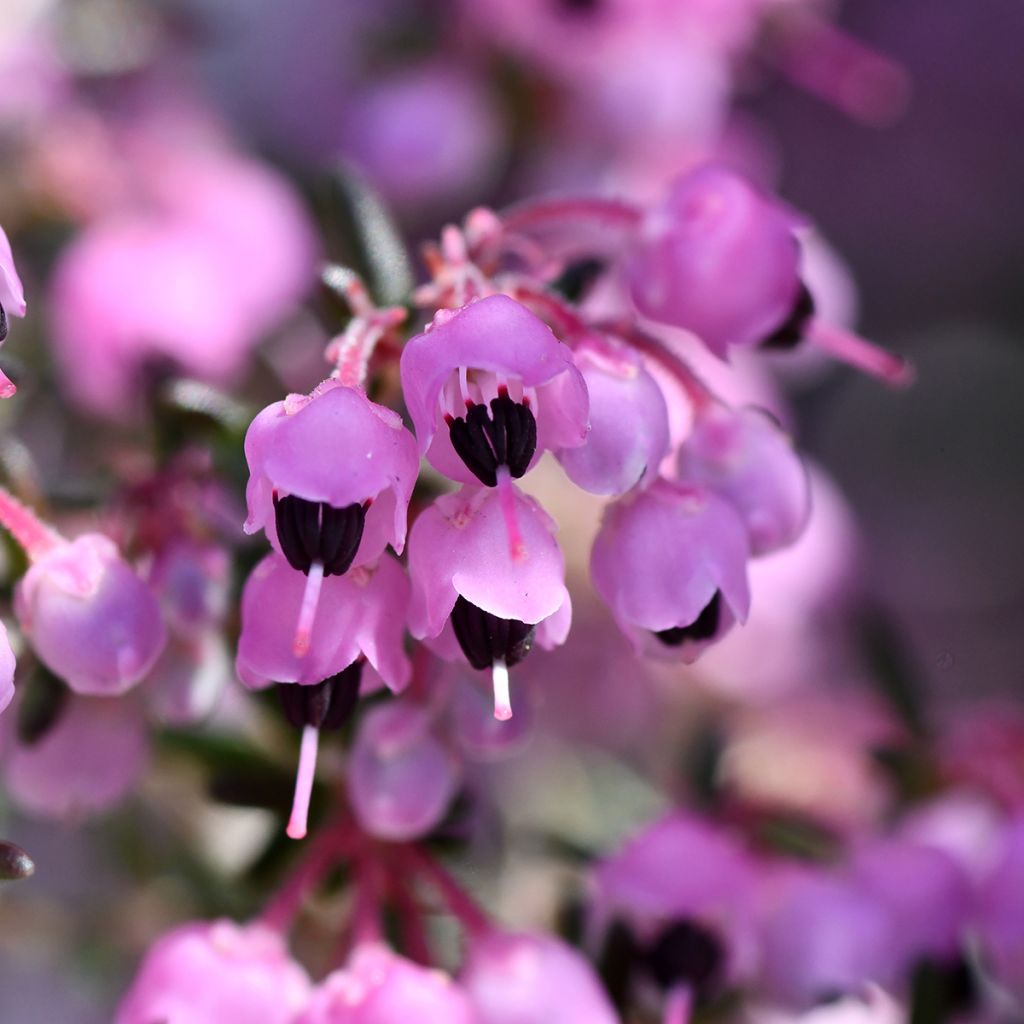

Erica canaliculata - Heath
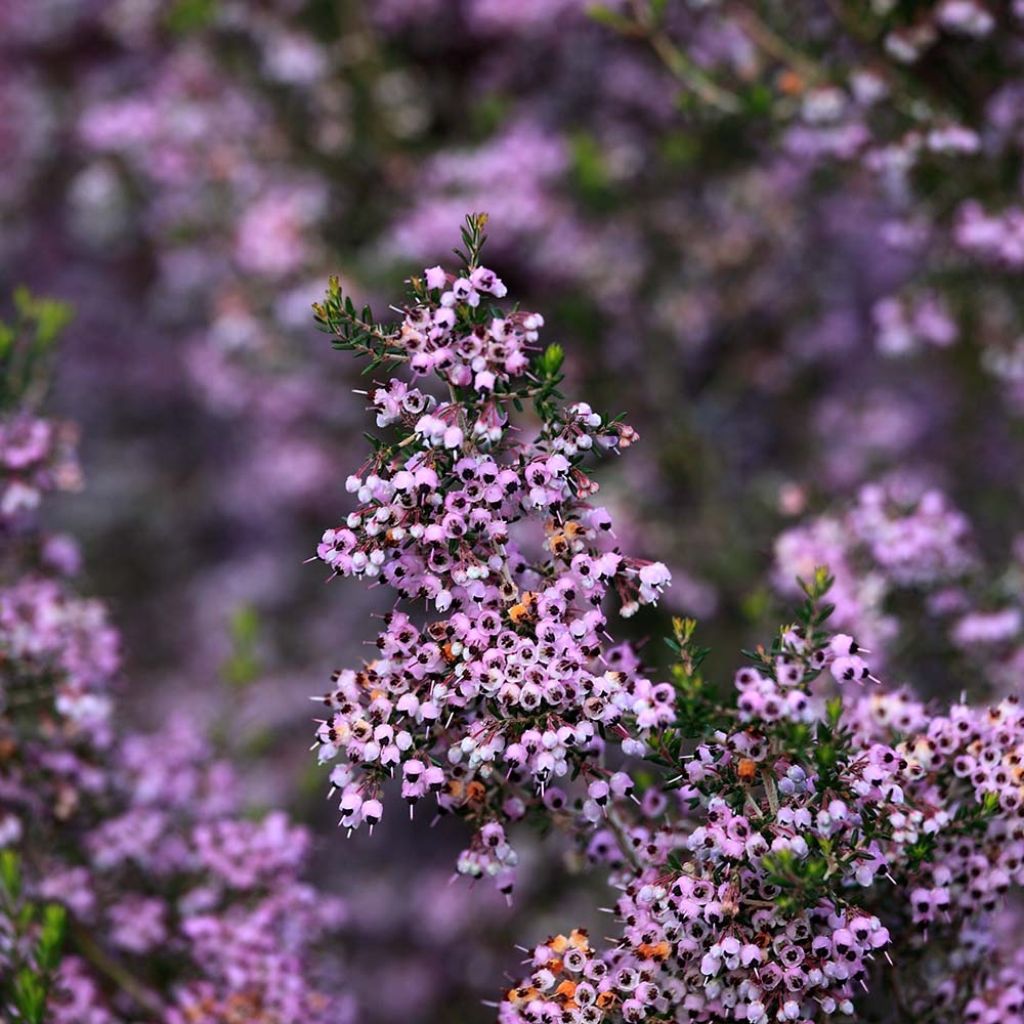

Erica canaliculata - Heath
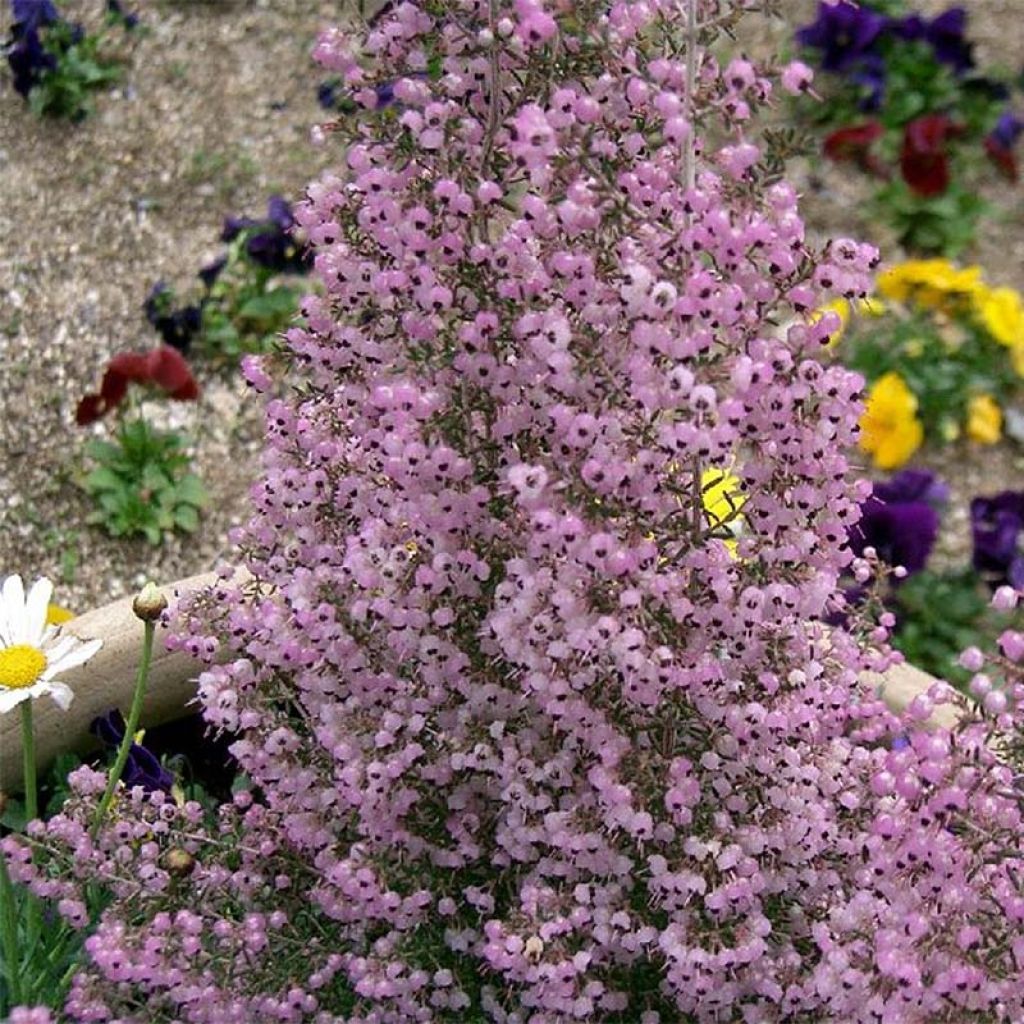

Erica canaliculata - Heath
Erica canaliculata - Heath
Erica canaliculata
Channelled Heath
I received my young plant in very good condition, fresh thanks to the packaging without plastic. I am waiting for the flowering to assess its proper development in my specific research area.
efeliane, 27/09/2023
Why not try an alternative variety in stock?
View all →This plant carries a 24 months recovery warranty
More information
We guarantee the quality of our plants for a full growing cycle, and will replace at our expense any plant that fails to recover under normal climatic and planting conditions.
From €5.90 for pickup delivery and €6.90 for home delivery
Express home delivery from €8.90.

Does this plant fit my garden?
Set up your Plantfit profile →
Description
If the Erica canaliculata is also known as Christmas Heather, it is undoubtedly because of the wonderful winter flowering that makes it stand out from afar in the garden during the shortest days of winter. Its pale pink to rose-violet bell-shaped flowers are scattered along its upright branches, completely covering this bush from which rises a characteristic, somewhat sweetish scent reminiscent of certain soaps. From its South African origins, this wild heather has retained a certain lack of hardiness and a preference for mild and humid climates. Plant it in isolation or in groups of 3, in a coastal, wild or romantic garden: this is how it will be at its most beautiful!
Erica canaliculata, like all heathers, belongs to the Ericaceae family. It is native to the Eastern and Western Capes of South Africa and naturalized in the south of Australia. It is a moderately hardy shrub, perfectly adapted to coastal areas and poor, well-drained, acidic, sandy, and occasionally dry soils. It has evergreen foliage. Its species name, canaliculata, means "channelled leaves". Its hardiness is around -7/-8°C for a short period. This plant has been awarded in England by the Royal Horticultural Society.
This beautiful bush with a flexible and very dense habit and rather slow growth, generally does not exceed 1.50 m (4 ft 11 in) in all directions. Its lifespan is around 15 years. The branches are thin, supple and covered with tiny green, soft, needle-like leaves. Flowering takes place from November to February, earlier or later depending on the climate, and lasts almost 2 months. Its flowers resemble small urns, about 3 to 4 mm (0.1 to 0.2 in) long and 2 mm (0.1 in) wide, with protruding brown stamens. Their colour is a beautiful pale pink to rose-violet, slightly mauve, and they are so numerous on the bush that they transform it into a pink cloud. These flowers are gathered in generous long clusters scattered along the branches, amidst linear, fine leaves, 3 to 10 mm (0.1 to 0.4 in) long. The evergreen foliage is dark green.
Undemanding, very floriferous, tolerating sea spray well and endowed with the charm of wild plants, it is an ideal shrub for landscaping coastal gardens in not-too-dry regions. This large heather can be associated with shorter species and varieties that bloom at the same time in various colours: Erica carnea or darleyensis offer blooms ranging from pure white to purple-violet, as well as all shades of pink and red in winter and spring. It can also be paired with shrubby veronicas (Hebe), small-sized Pittosporum (Pittosporum tenuifolium Tom Tumb), Viburnum fragrans, dwarf hollies, or even Chimonanthus praecox. In a naturalistic garden, this heather can form an extremely romantic setting, in isolated groups of 3 to 5, during a season when flowers are rare.
Report an error about the product description
Erica canaliculata - Heath in pictures


Plant habit
Flowering
Foliage
Botanical data
Erica
canaliculata
Ericaceae
Channelled Heath
South Africa
Other Heather
Planting and care
Erica is best planted early in spring or early in autumn in regions that are not too cold. It enjoys full sun in less sunny regions but tolerates partial shade or morning sun in the south. It requires very well-drained, non-limestone soil, preferably sandy and not too fertile. It also prefers moist soils, although it can tolerate drier conditions once established. Its hardiness is around -8°C (17.6 °F) for short durations when well-established. Protect young plants during the first two winters in case of severe cold.
Once well-established, it can withstand anything, but its planting must be done carefully and watering should be maintained during the first two years: if the root ball dries out while the root system is still underdeveloped, the plant will die. Conversely, waterlogged soil, especially during hot weather, can promote the development of a fungus called Phytophthora, which, once established, will kill this heather. During planting, it is recommended to loosen the root ball a little, trim any long roots, and plant in a hole measuring 30x30 cm (11.8 in), filled with a mixture of coarse sand, ericaceous soil, and garden soil. Water it once or twice a week to keep the soil moist while the plant establishes itself. To maintain a compact habit and increase the lifespan of the heather, it is useful to prune the faded branches to 2-5 cm (0.8-2 in) from the previous year's growth each year after flowering, being careful not to prune below the last green leaves. Erica can be susceptible to Phytophthora and Rhizoctonia during hot and humid periods. Fertilizer is not necessary and is even discouraged, as it can promote foliage production at the expense of flowering (heathers are generally plants that thrive in poor soils).
Planting period
Intended location
Care
-
, onOrder confirmed
Reply from on Promesse de fleurs
Evergreen shrubs
Haven't found what you were looking for?
Hardiness is the lowest winter temperature a plant can endure without suffering serious damage or even dying. However, hardiness is affected by location (a sheltered area, such as a patio), protection (winter cover) and soil type (hardiness is improved by well-drained soil).

Photo Sharing Terms & Conditions
In order to encourage gardeners to interact and share their experiences, Promesse de fleurs offers various media enabling content to be uploaded onto its Site - in particular via the ‘Photo sharing’ module.
The User agrees to refrain from:
- Posting any content that is illegal, prejudicial, insulting, racist, inciteful to hatred, revisionist, contrary to public decency, that infringes on privacy or on the privacy rights of third parties, in particular the publicity rights of persons and goods, intellectual property rights, or the right to privacy.
- Submitting content on behalf of a third party;
- Impersonate the identity of a third party and/or publish any personal information about a third party;
In general, the User undertakes to refrain from any unethical behaviour.
All Content (in particular text, comments, files, images, photos, videos, creative works, etc.), which may be subject to property or intellectual property rights, image or other private rights, shall remain the property of the User, subject to the limited rights granted by the terms of the licence granted by Promesse de fleurs as stated below. Users are at liberty to publish or not to publish such Content on the Site, notably via the ‘Photo Sharing’ facility, and accept that this Content shall be made public and freely accessible, notably on the Internet.
Users further acknowledge, undertake to have ,and guarantee that they hold all necessary rights and permissions to publish such material on the Site, in particular with regard to the legislation in force pertaining to any privacy, property, intellectual property, image, or contractual rights, or rights of any other nature. By publishing such Content on the Site, Users acknowledge accepting full liability as publishers of the Content within the meaning of the law, and grant Promesse de fleurs, free of charge, an inclusive, worldwide licence for the said Content for the entire duration of its publication, including all reproduction, representation, up/downloading, displaying, performing, transmission, and storage rights.
Users also grant permission for their name to be linked to the Content and accept that this link may not always be made available.
By engaging in posting material, Users consent to their Content becoming automatically accessible on the Internet, in particular on other sites and/or blogs and/or web pages of the Promesse de fleurs site, including in particular social pages and the Promesse de fleurs catalogue.
Users may secure the removal of entrusted content free of charge by issuing a simple request via our contact form.
The flowering period indicated on our website applies to countries and regions located in USDA zone 8 (France, the United Kingdom, Ireland, the Netherlands, etc.)
It will vary according to where you live:
- In zones 9 to 10 (Italy, Spain, Greece, etc.), flowering will occur about 2 to 4 weeks earlier.
- In zones 6 to 7 (Germany, Poland, Slovenia, and lower mountainous regions), flowering will be delayed by 2 to 3 weeks.
- In zone 5 (Central Europe, Scandinavia), blooming will be delayed by 3 to 5 weeks.
In temperate climates, pruning of spring-flowering shrubs (forsythia, spireas, etc.) should be done just after flowering.
Pruning of summer-flowering shrubs (Indian Lilac, Perovskia, etc.) can be done in winter or spring.
In cold regions as well as with frost-sensitive plants, avoid pruning too early when severe frosts may still occur.
The planting period indicated on our website applies to countries and regions located in USDA zone 8 (France, United Kingdom, Ireland, Netherlands).
It will vary according to where you live:
- In Mediterranean zones (Marseille, Madrid, Milan, etc.), autumn and winter are the best planting periods.
- In continental zones (Strasbourg, Munich, Vienna, etc.), delay planting by 2 to 3 weeks in spring and bring it forward by 2 to 4 weeks in autumn.
- In mountainous regions (the Alps, Pyrenees, Carpathians, etc.), it is best to plant in late spring (May-June) or late summer (August-September).
The harvesting period indicated on our website applies to countries and regions in USDA zone 8 (France, England, Ireland, the Netherlands).
In colder areas (Scandinavia, Poland, Austria...) fruit and vegetable harvests are likely to be delayed by 3-4 weeks.
In warmer areas (Italy, Spain, Greece, etc.), harvesting will probably take place earlier, depending on weather conditions.
The sowing periods indicated on our website apply to countries and regions within USDA Zone 8 (France, UK, Ireland, Netherlands).
In colder areas (Scandinavia, Poland, Austria...), delay any outdoor sowing by 3-4 weeks, or sow under glass.
In warmer climes (Italy, Spain, Greece, etc.), bring outdoor sowing forward by a few weeks.

































